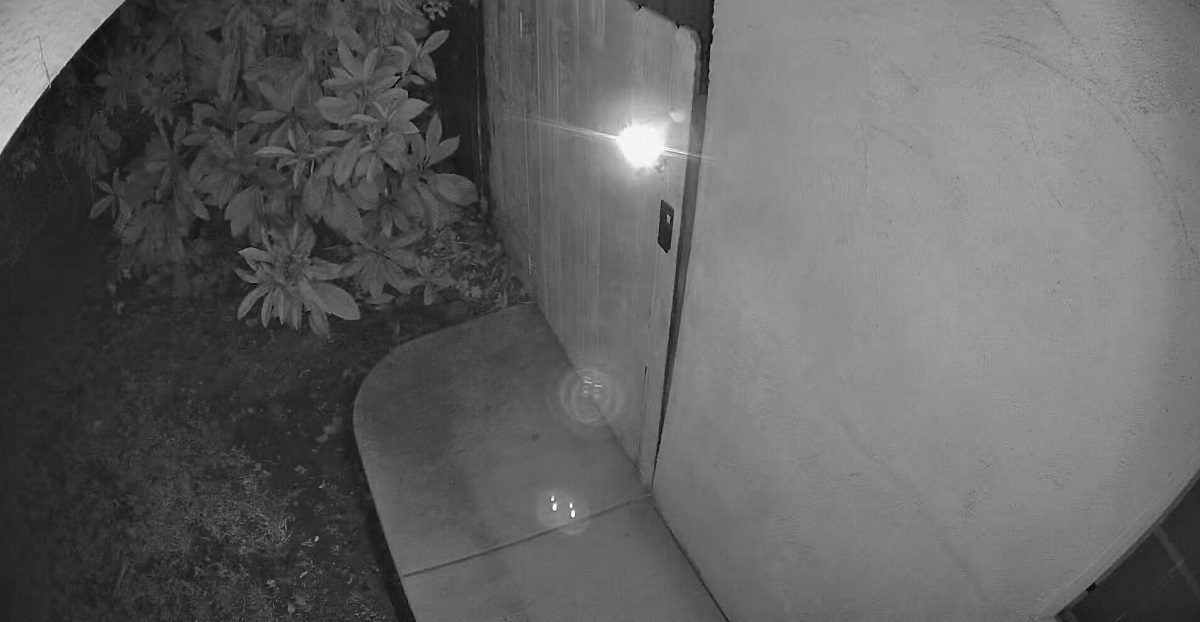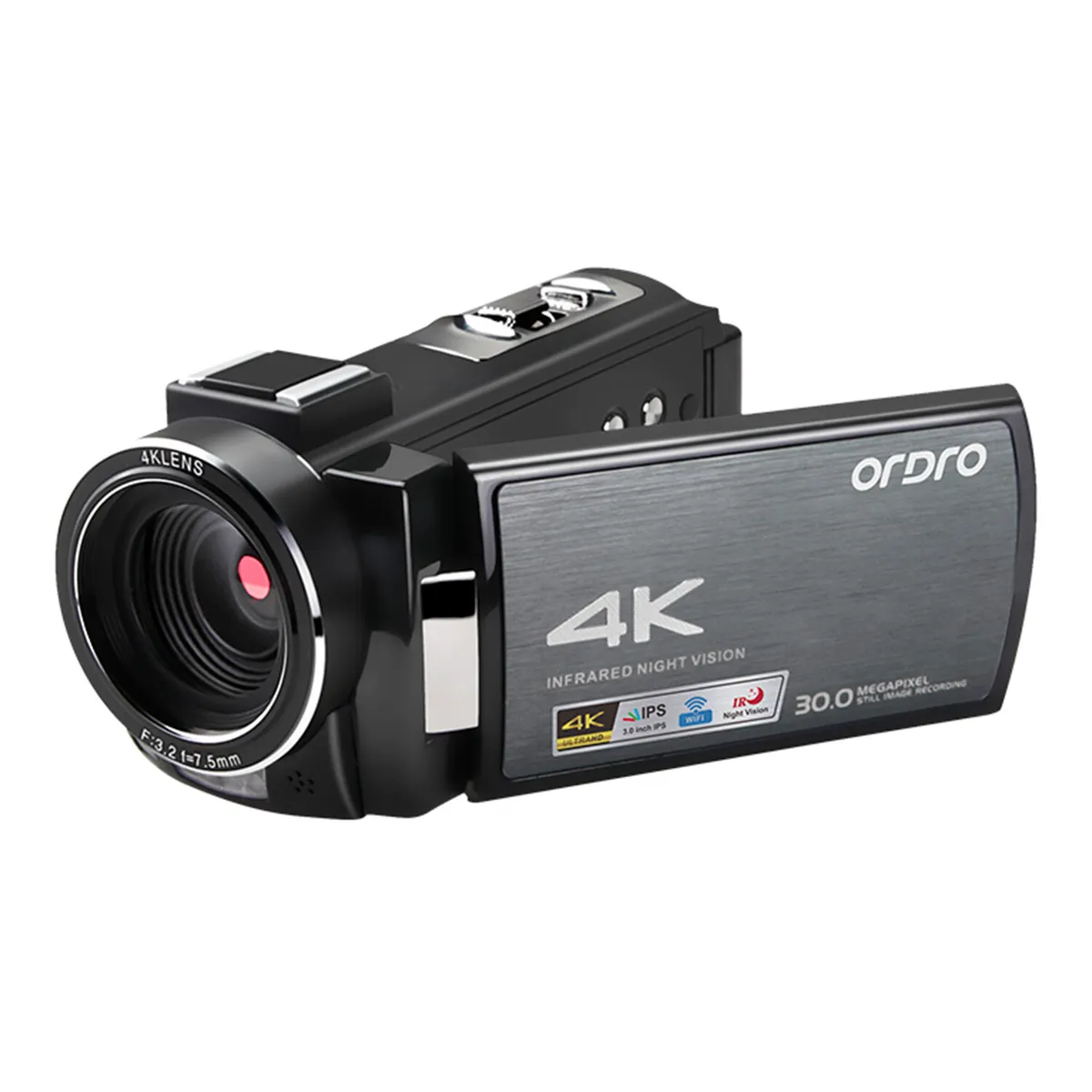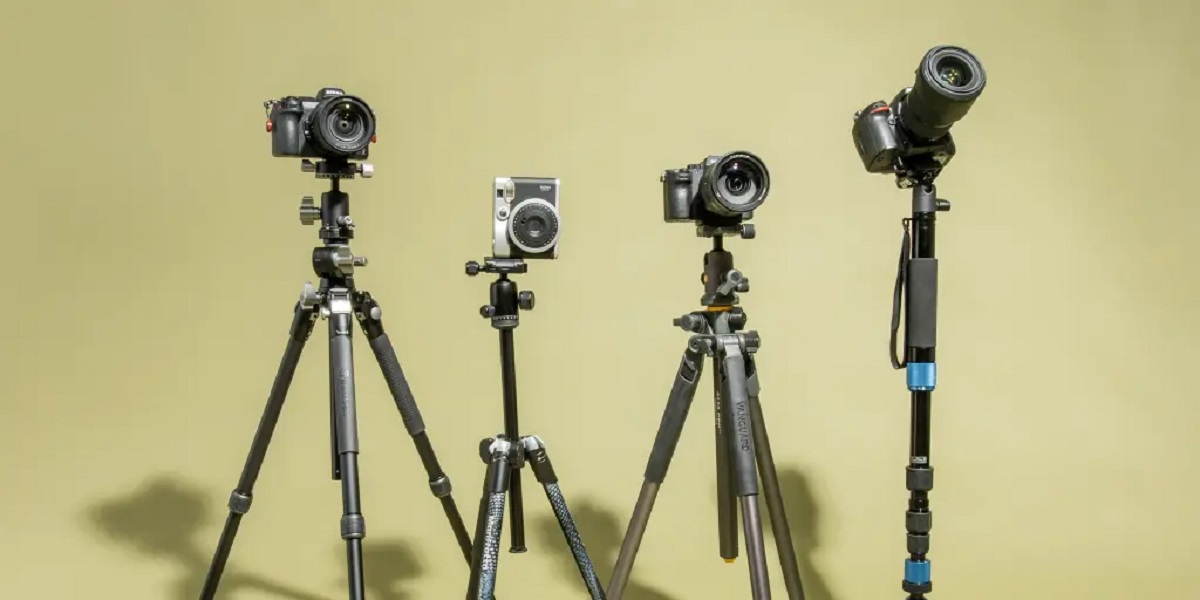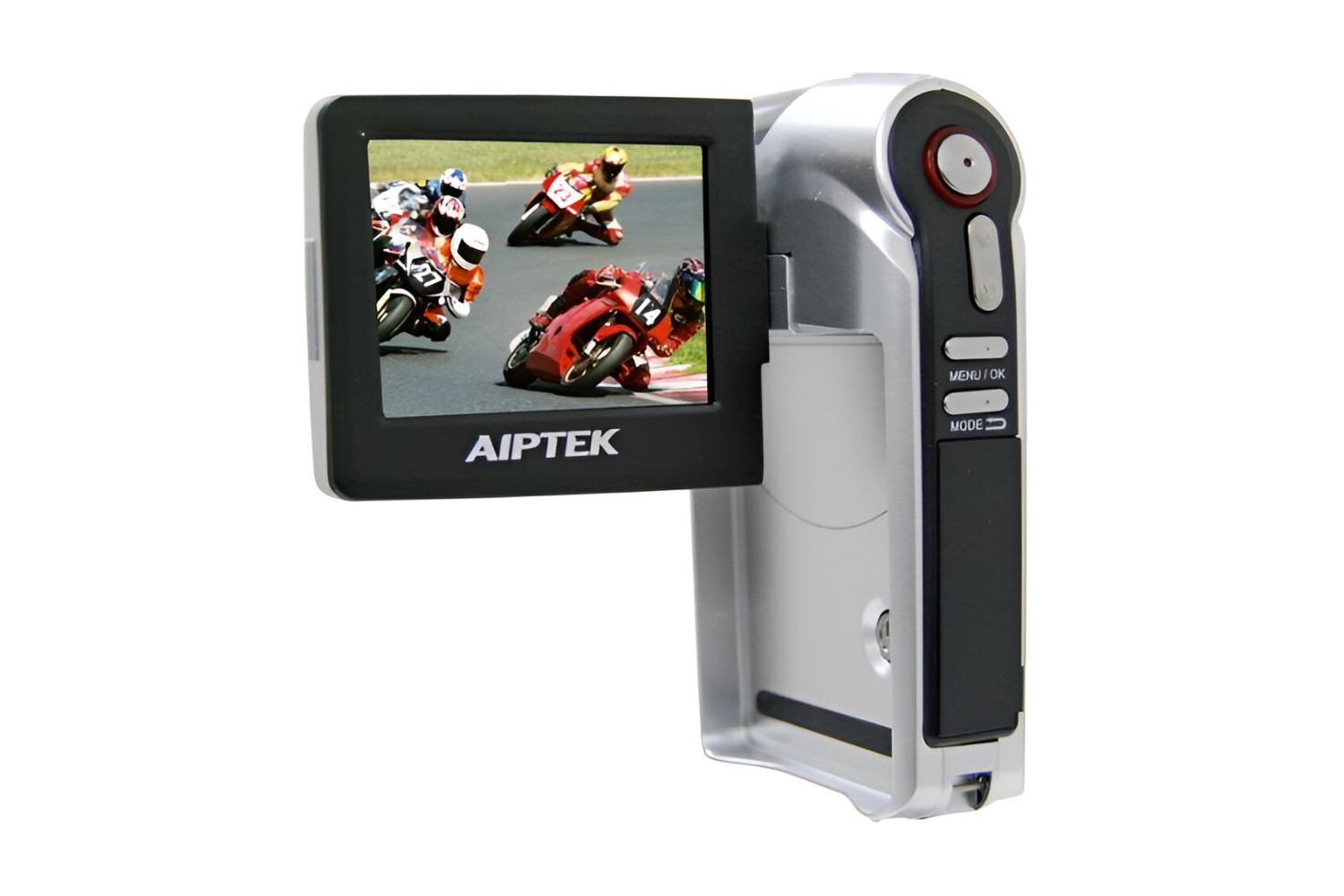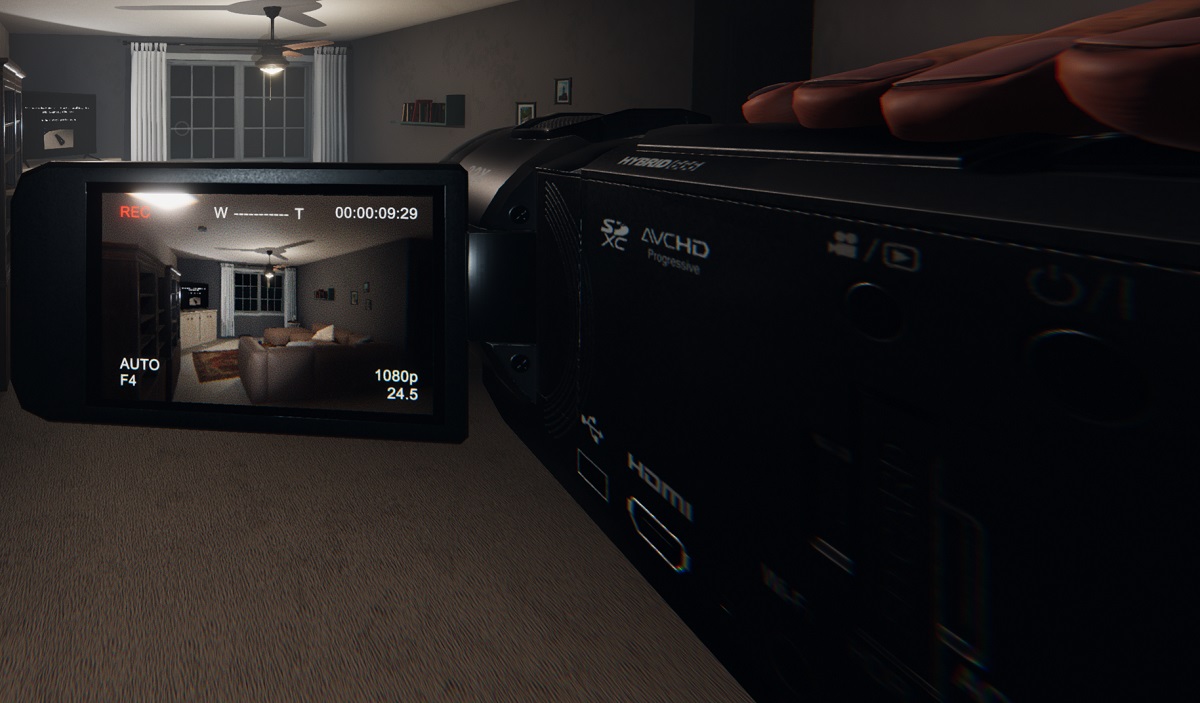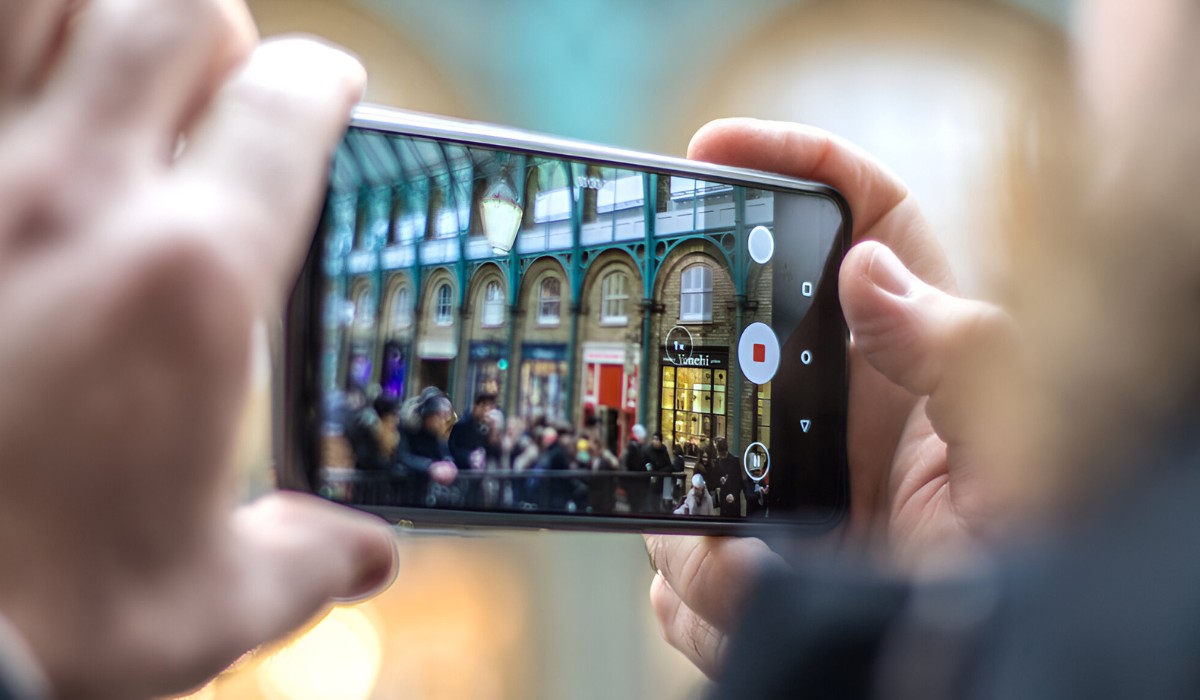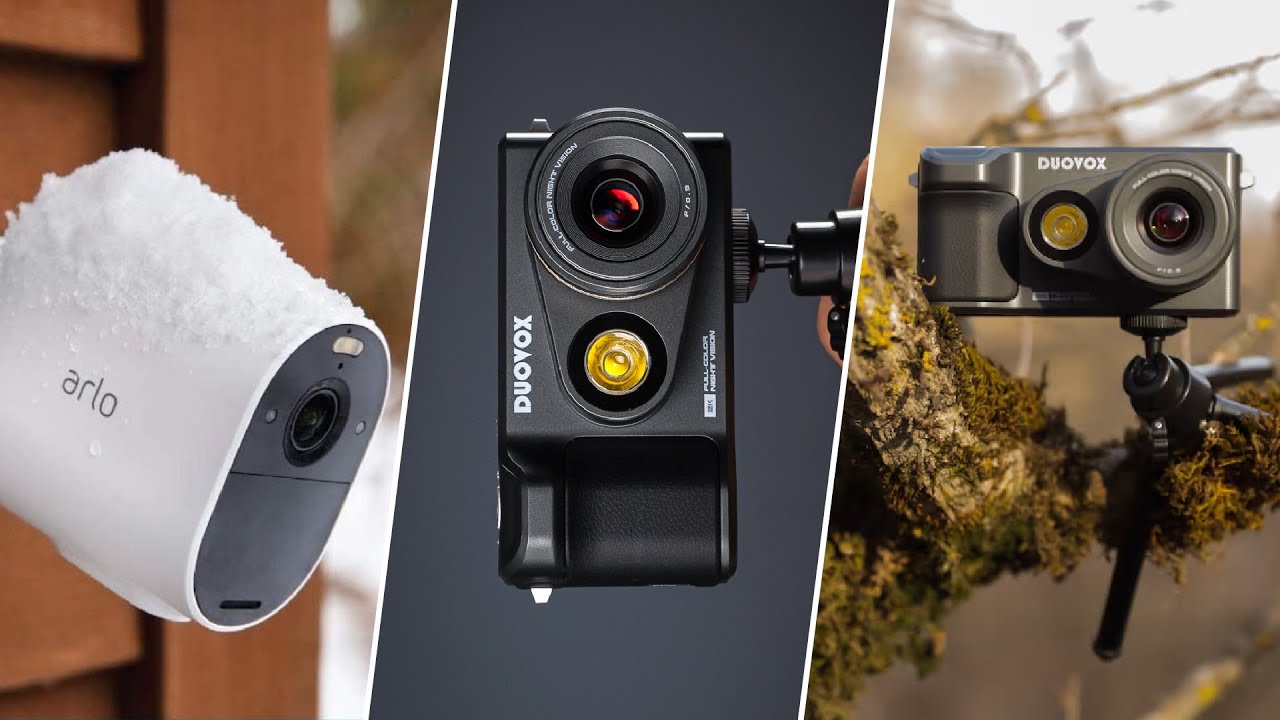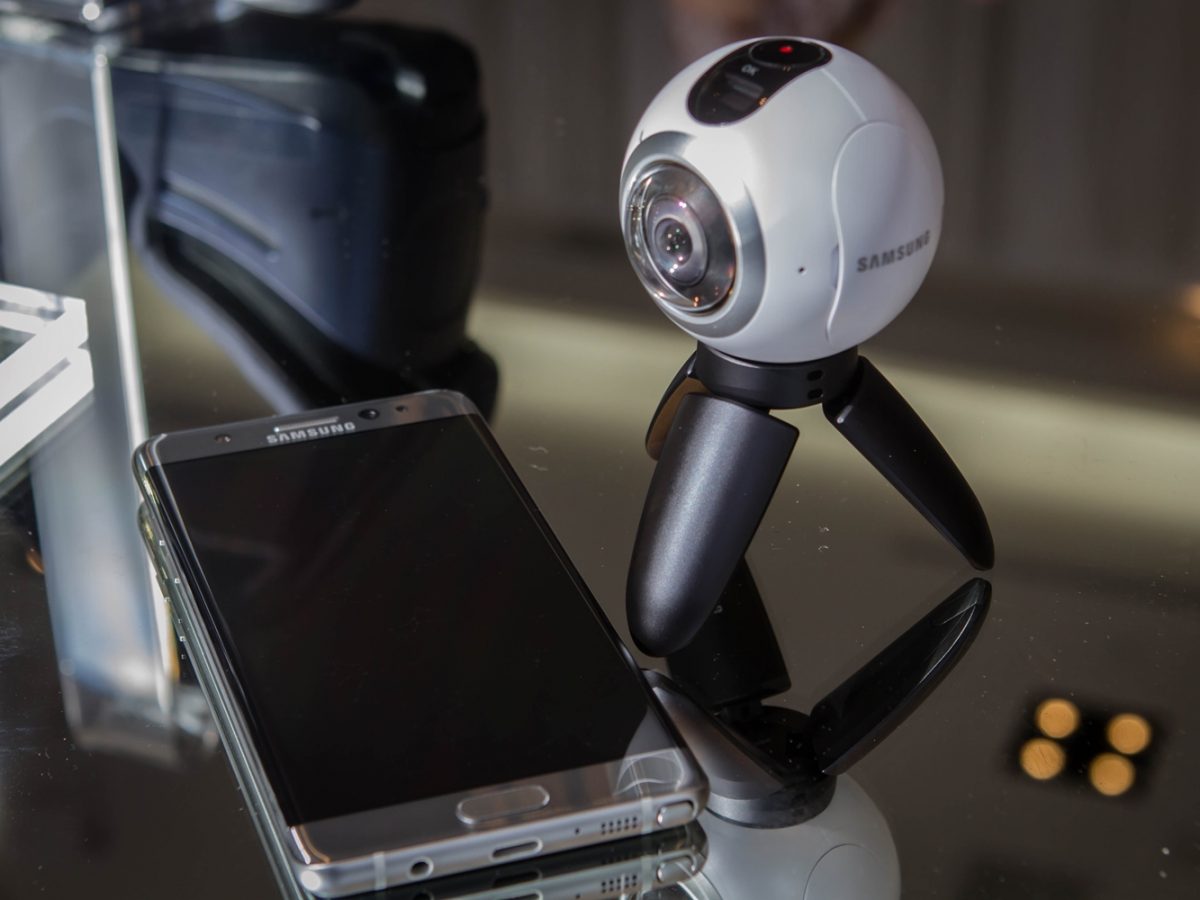Introduction
Understanding IR Light
In the world of night shot camcorders, the use of infrared (IR) light is a game-changer. This technology allows users to capture clear and detailed footage in low-light or no-light conditions, opening up a whole new realm of possibilities for photographers and videographers. Understanding the role and significance of IR light in night shot camcorders is crucial for anyone looking to delve into this fascinating field.
IR light, which is invisible to the human eye, plays a pivotal role in enabling night shot camcorders to capture high-quality images and videos in darkness. By emitting infrared light, these devices can illuminate the scene without causing any disturbance or alerting the subjects being recorded. This stealthy approach is particularly valuable in wildlife photography, surveillance, paranormal investigations, and various other applications where discretion is paramount.
The importance of IR light in night shot camcorders cannot be overstated. It empowers users to explore and document the world after dark, revealing details and nuances that would otherwise remain hidden from view. As technology continues to advance, the capabilities of IR light in night shot camcorders are evolving, leading to even more impressive and immersive night-time imaging experiences.
Understanding the significance of IR light in night shot camcorders sets the stage for exploring its practical applications and the impact it has on the quality of captured footage. Let's delve deeper into the importance of IR light in night shot camcorders and how its brightness plays a crucial role in shaping the outcome of night-time recordings.
Understanding IR Light
IR light, also known as infrared light, resides on the electromagnetic spectrum just beyond the range of visible light. While the human eye cannot detect IR light, many electronic devices, including night shot camcorders, are equipped with sensors that can capture and utilize this invisible radiation. Understanding the unique properties and behavior of IR light is essential for comprehending its role in night shot camcorders.
Unlike visible light, which is emitted by the sun, light bulbs, and other sources, IR light is typically associated with heat. This is due to the fact that all objects with a temperature above absolute zero emit thermal radiation, which includes IR light. Night shot camcorders leverage this characteristic by using IR LEDs (light-emitting diodes) to illuminate the surrounding environment, allowing the camera to capture images and videos in low-light or no-light conditions.
One of the key advantages of IR light is its ability to penetrate atmospheric conditions such as fog, smoke, and haze more effectively than visible light. This makes IR light particularly valuable in scenarios where visibility is compromised by environmental factors. Additionally, IR light is less likely to cause glare or reflections, contributing to clearer and more detailed night-time footage.
Understanding the behavior of IR light in different environments is crucial for optimizing its use in night shot camcorders. Factors such as the distance of the subject, the presence of reflective surfaces, and the ambient temperature can all influence the effectiveness of IR illumination. By comprehending these variables, photographers and videographers can make informed decisions when capturing night-time scenes, resulting in higher-quality and more compelling content.
As technology continues to advance, the integration of IR light in night shot camcorders is becoming increasingly sophisticated. New developments in IR LED technology, sensor sensitivity, and image processing algorithms are enhancing the capabilities of these devices, allowing for sharper, more detailed, and more immersive night-time recordings.
By gaining a deeper understanding of IR light and its behavior, content creators can harness the power of night shot camcorders to unlock new creative possibilities and capture captivating visuals in conditions that were once considered challenging or inaccessible.
Importance of IR Light in Night Shot Camcorders
The incorporation of IR light in night shot camcorders holds immense significance in the realm of photography and videography, particularly in low-light or no-light environments. This technology enables content creators to venture into the night and capture stunning visuals that were previously inaccessible, revolutionizing the way we perceive and document the world after dark.
One of the primary advantages of IR light in night shot camcorders is its ability to reveal details and nuances that would otherwise remain concealed in darkness. By emitting infrared radiation, these devices can effectively illuminate the scene without alerting or disturbing the subjects, making them invaluable tools in wildlife photography, surveillance, and paranormal investigations.
Moreover, IR light enhances the versatility of night shot camcorders, allowing users to expand their creative horizons and explore new storytelling possibilities. Whether it’s capturing nocturnal wildlife activity, documenting urban landscapes under the veil of darkness, or conducting covert investigations, the presence of IR light empowers photographers and videographers to push the boundaries of visual storytelling.
Another crucial aspect of IR light in night shot camcorders is its role in ensuring the safety and security of various applications. From surveillance and monitoring to search and rescue operations, the ability to capture clear and detailed footage in low-light conditions is instrumental in safeguarding lives and property. IR light enables these devices to operate effectively in challenging environments, providing essential visibility where traditional lighting may be impractical or conspicuous.
Furthermore, the integration of IR light in night shot camcorders contributes to the preservation of natural nightscapes. By minimizing the reliance on artificial lighting for night-time photography and videography, IR light technology supports the conservation of nocturnal habitats and reduces light pollution, fostering a more sustainable approach to capturing the beauty of the night sky and its inhabitants.
As technology continues to advance, the importance of IR light in night shot camcorders extends beyond its practical applications, influencing the way we perceive and interact with the nocturnal world. By embracing the capabilities of IR light, content creators can embark on a journey of discovery, uncovering hidden wonders and sharing captivating narratives that transcend the limitations of traditional lighting.
How Bright is the IR Light on a Night Shot Camcorder
The brightness of the IR light on a night shot camcorder is a critical factor that directly impacts the quality and effectiveness of night-time recordings. Understanding the brightness levels of IR illumination is essential for photographers and videographers seeking to capture clear, detailed, and visually compelling footage in low-light or no-light conditions.
IR light brightness is typically measured in terms of illuminance, which quantifies the amount of light falling on a given surface area. In the context of night shot camcorders, the brightness of IR light influences the range and clarity of the illuminated scene, ultimately shaping the visual outcome of the captured footage. Higher levels of IR light brightness can extend the effective range of night shot camcorders, allowing for enhanced visibility and detail in the recorded imagery.
When evaluating the brightness of IR light on a night shot camcorder, it is essential to consider the power and arrangement of the IR LEDs used for illumination. The number of IR LEDs, their individual output, and the distribution pattern all contribute to the overall brightness and coverage of the IR illumination. Additionally, the wavelength of the IR light can impact its perceived brightness, as certain wavelengths may be more visible to night vision devices or security cameras.
The brightness of IR light on a night shot camcorder also plays a crucial role in balancing illumination and image quality. Excessive brightness can lead to overexposure and loss of detail, while insufficient brightness may result in underexposed or grainy footage. Finding the optimal level of IR light brightness is essential for achieving well-exposed, high-quality night-time recordings with the desired level of detail and contrast.
Advancements in IR LED technology have led to improvements in the brightness and efficiency of IR illumination on night shot camcorders. Higher-output IR LEDs, coupled with precision optics and advanced control mechanisms, have expanded the capabilities of these devices, enabling content creators to capture stunning visuals with greater clarity and depth in challenging lighting conditions.
Ultimately, the brightness of the IR light on a night shot camcorder is a defining factor in the device’s ability to reveal the hidden beauty of the night. By understanding and harnessing the potential of IR illumination, photographers and videographers can embark on captivating nocturnal adventures, documenting the world after dark with unparalleled clarity and artistry.







